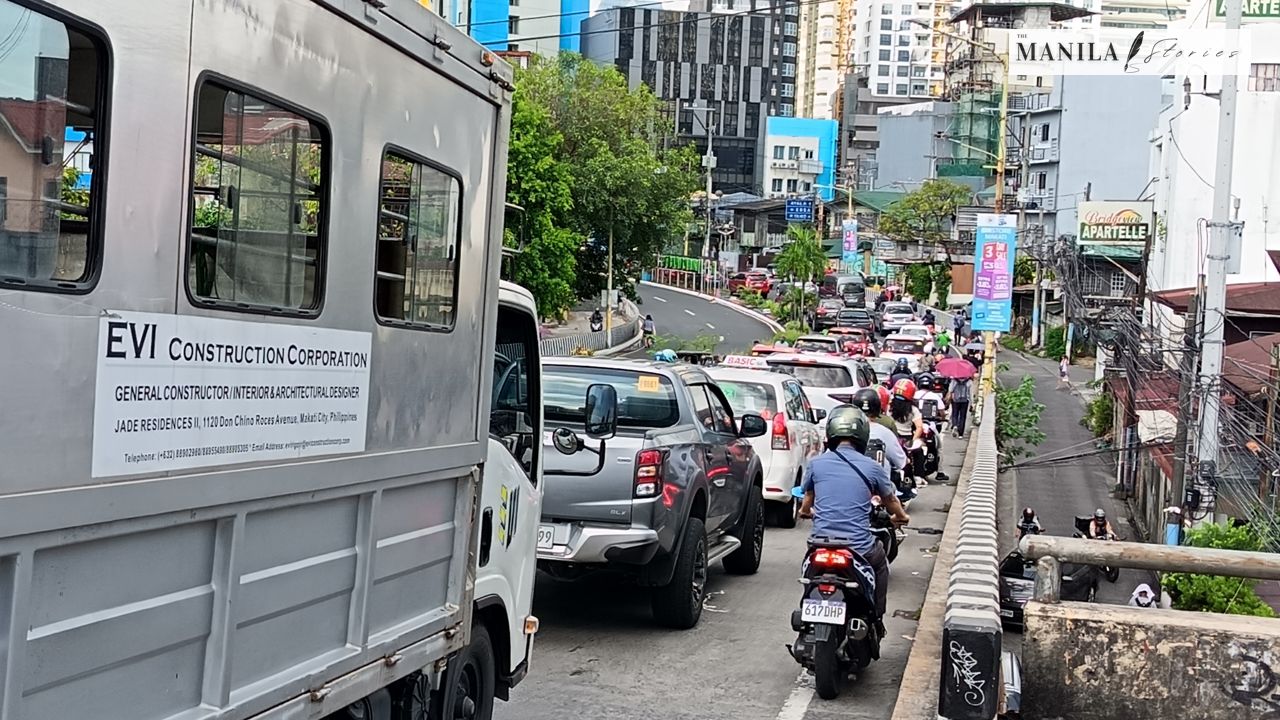Ninety-four percent. That’s the staggering percentage of Filipino road users who are pedestrians and cyclists—vulnerable road users. They’re the ones most likely to die. How many more must perish before we finally understand? Before motorists, the government, and traffic management wake up?

The Asian Transport Observatory paints a grim picture. The numbers are stark. The MMDA reports 82 cyclists died in road crashes between 2011 and 2021—a 39% increase. And it’s not slowing down. Incompetent motorists. They forget. They forget the weight of their machines; the potential for instant death. They forget the reason for a driver’s license—a privilege, not a right. A driver’s license is a permit to wield a potential weapon, a 2.5-ton metal beast.

A recent incident in Kapitolyo, Pasig City, illustrates the point. An illegally parked delivery van, its rear door ajar, caught a cyclist off balance. The van behind didn’t stop. The cyclist was killed. Three years ago, a van overshot a U-turn at SM MOA, running down resting cyclists. These aren’t isolated incidents. They’re daily occurrences.
A driver’s license should be a marker of responsibility, not reckless disregard for human life. It’s about recognizing the humanity of others. They walk. They cycle. They live. They want to live.
Many countries have moved away from car-centric urban planning. They’ve invested in public transport, bicycle lanes, and pedestrian-friendly spaces. The results? Boosted economies, healthier populations, and fewer deaths. Look at Copenhagen, Amsterdam, or even certain parts of Seoul. Their transformations didn’t happen overnight, but the shift in prioritization made a tremendous impact.

Instead, the Philippines continues its relentless pursuit of more roads, more cars, more traffic jams. The consequence? ₱3.5 billion lost daily in 2017, projected to reach ₱5.4 billion by 2035 according to Asian Development Bank (ADB). The cost isn’t just financial; it’s measured in lives.

This isn’t about blaming drivers. It’s about shared responsibility. It’s about the government’s failure to prioritize public safety over profit. It’s about a system that seems to value cars over people. Motorists, remember: You were once a pedestrian. You’ll be one again, always.
The question isn’t “how many more?” It’s “how many more can we afford to lose?” Zero. The answer is zero. The Philippines doesn’t need more deaths to understand the need for change. It needs leadership. It needs action. It needs a fundamental shift of priorities; prioritize people, not vehicles. Prioritize life, not profit.

We need stricter enforcement of traffic laws. We need investment in safer infrastructure for cyclists and pedestrians. We need a public awareness campaign that transcends mere rules and regulations, reaching the heart of the matter—humanity. We need to build cities where people, not cars, are at the center.
The blood on our roads is not just a statistic. Each life lost is a tragedy, a testament to our collective failure to prioritize human safety. Let’s change that. Now!




